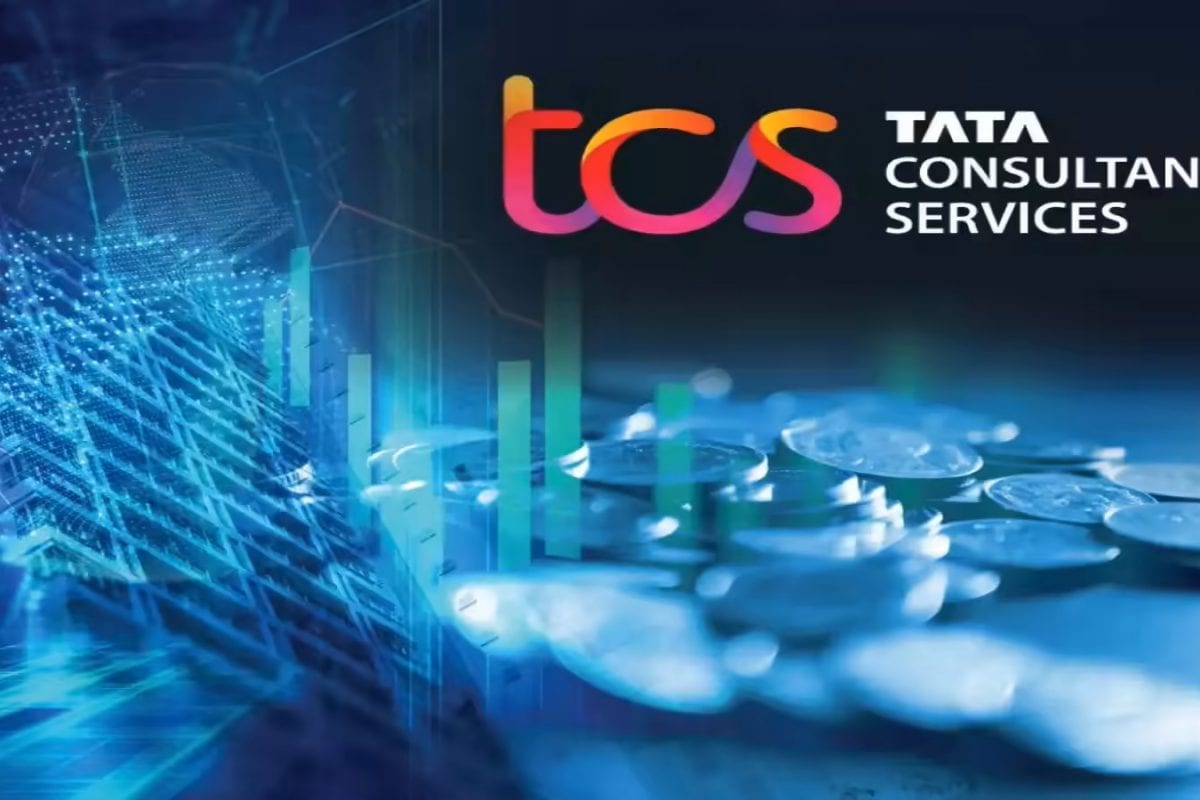Layoffs and Concerns
The Indian IT sector is currently grappling with a concerning trend: silent layoffs. Industry reports suggest that as many as 50,000 individuals could
face job losses this year. These layoffs are described as 'silent' because they may not always be widely publicized. The trend has ignited considerable apprehension among professionals within the industry. The ripple effects of these job cuts can be felt across various levels, from individual employees to larger financial considerations for families and the overall economic health of the nation. This situation warrants a closer examination of the underlying causes.
Driving Forces
Several factors are contributing to the widespread job losses in the Indian IT sector. Automation is a major influencer; as technology advances, many tasks previously performed by humans are now automated, leading to a reduced need for certain roles. The global economic climate also plays a significant part. Uncertainties in the worldwide market lead to reduced IT spending by companies. Furthermore, the changing needs of businesses are crucial. Companies now demand specialized skills like AI, cloud computing, and data science, which are challenging workers who lack these skills. Lastly, changes in the business landscape, including outsourcing strategies, and mergers and acquisitions, are also restructuring the IT sector, thus causing job displacement.
Impact on Employees
The silent layoffs have significant impacts on the employees and their families. Job losses can lead to financial instability, creating stress and uncertainty about the future. Many affected employees may have to reassess their career paths, invest in additional training, or explore new fields. This situation has consequences beyond immediate employment; it affects employee morale and job security throughout the IT sector. Also, the increased competition in the job market puts additional pressure on job seekers, making it harder to find new employment opportunities. This scenario emphasizes the need for proactive support systems for the workforce.
Industry Adjustments
The Indian IT sector is responding to the challenges by adjusting its strategies and operations. Many companies are investing heavily in upskilling and reskilling their employees to meet the demand for emerging technologies. There is a shift towards specialized expertise like AI, data analytics, and cloud computing, requiring constant training for the existing workforce. The IT sector is also focusing on cost optimization and operational efficiency to navigate financial challenges, including resource allocation and project management improvements. Moreover, companies are also exploring new business models, which include diversifying services and expanding into new markets. This adaptability is crucial for the sector's long-term success.
Future Outlook
The future of the Indian IT sector hinges on its ability to adapt and innovate. Projections suggest that the sector will continue to evolve, but it is difficult to predict the exact scope of employment numbers. The demand for specialized skills will continue to rise, requiring proactive measures by both companies and employees. Government initiatives and industry collaborations can provide crucial support. This includes promoting policies that facilitate skill development and creating an environment that encourages innovation and investment. Overall, the Indian IT sector's ability to navigate this period of transformation will determine its ability to sustain growth and maintain its global competitive edge.






